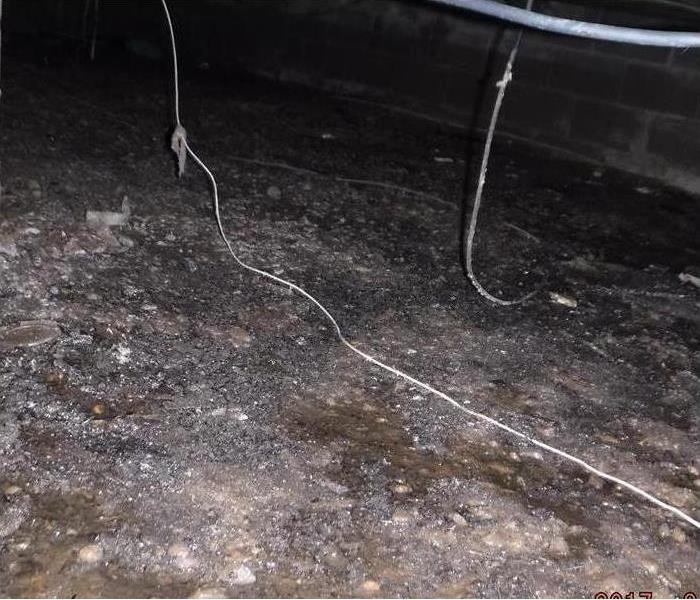How To Distinguish Mildew From Mold
3/5/2019 (Permalink)
Mildew and mold are fungi that can grow wherever moisture and organic material are present. Learn about the appearance of these two types of fungi to distinguish mildew growth from mold damage.
How To Identify Mildew
Mildew is a fungus that grows on the surface of organic materials. There are two major varieties of mildew:
- Downy mildew consists of yellow or brown spots on plants or produce
- Powdery mildew takes the form of white or gray spots on plants that become yellow or black
This type of fungus usually has a fluffy or powdery texture. Mildew tends to affect plants, but may also develop in bathrooms. Homeowners can apply plant treatments and prevent mildew growth on surfaces by using antifungal cleaner and increasing air circulation to promote drying.
How To Identify Mold
Mold is usually a more serious problem than mildew. This type of fungus tends to grow after water damage and has several distinctive traits:
- Fuzzy or slimy texture
- Irregularly shaped spots
- Wide range of colors
It is important to take immediate measures to mitigate mold damage. Trained professionals can identify species and safely determine the extent of an infestation.
Mildew and Mold Distinctions
Mildew is almost always gray, white, yellow, brown or black. Mold also appears in these colors, but can also be many other colors depending on the species and stage of its life cycle. Blue or green growth is almost always mold. Mildew forms on surfaces, while mold penetrates materials.
Mold and mildew both release microbial volatile organic compounds during the growth cycle. MVOCs are responsible for the musty odor of fungus. Homeowners can look for signs of visible mold growth, but should not disturb colonies or seek out hidden mold. The best way to identify the species and amount of fungus in a residence is to contact a mold damage remediation company in Levittown, PA.






 24/7 Emergency Service
24/7 Emergency Service
